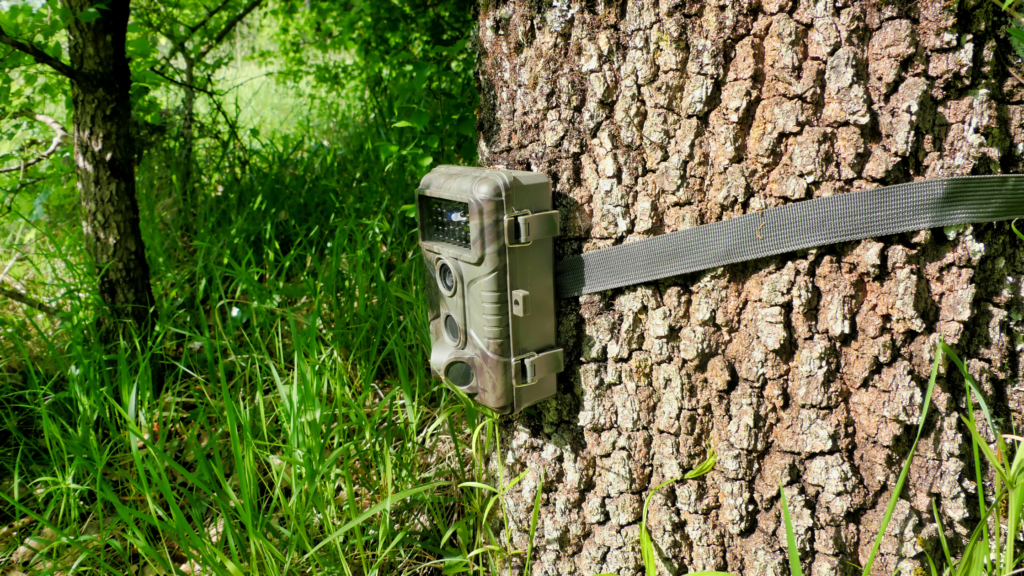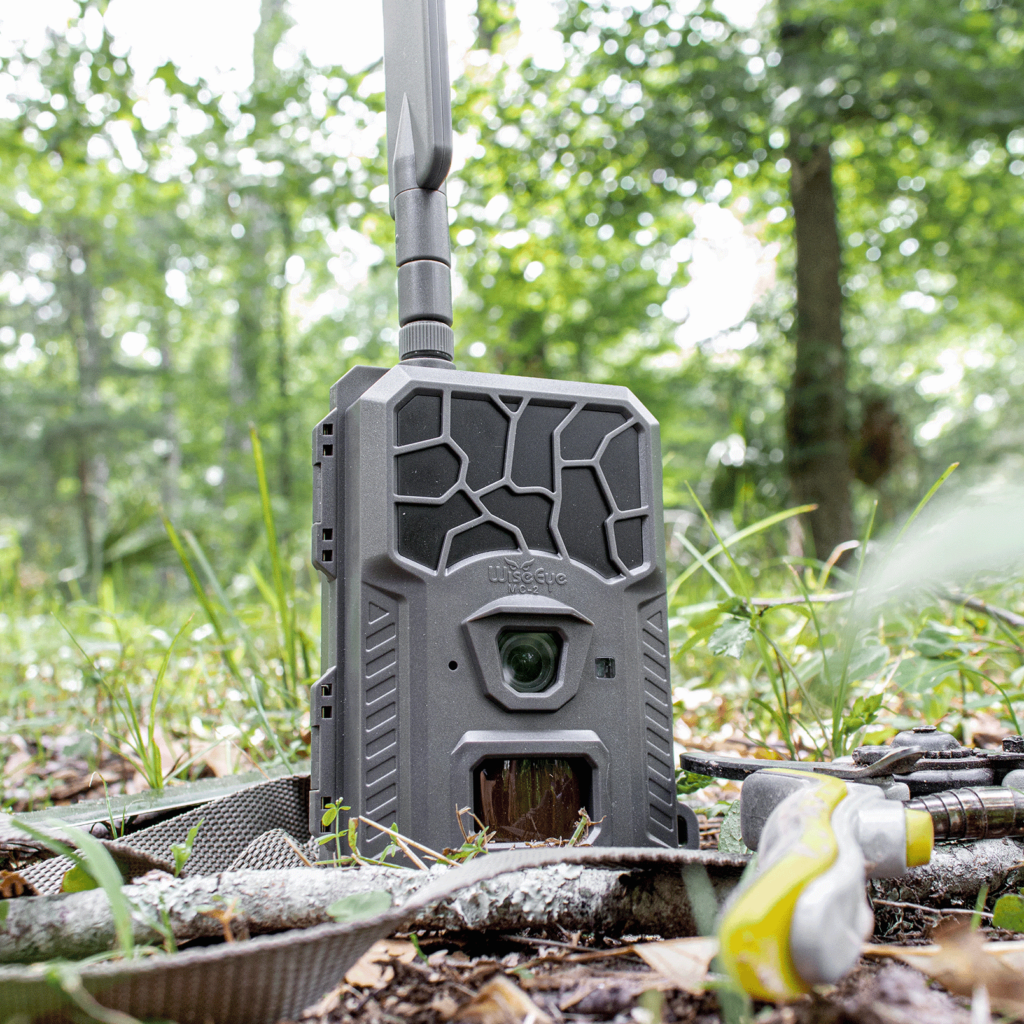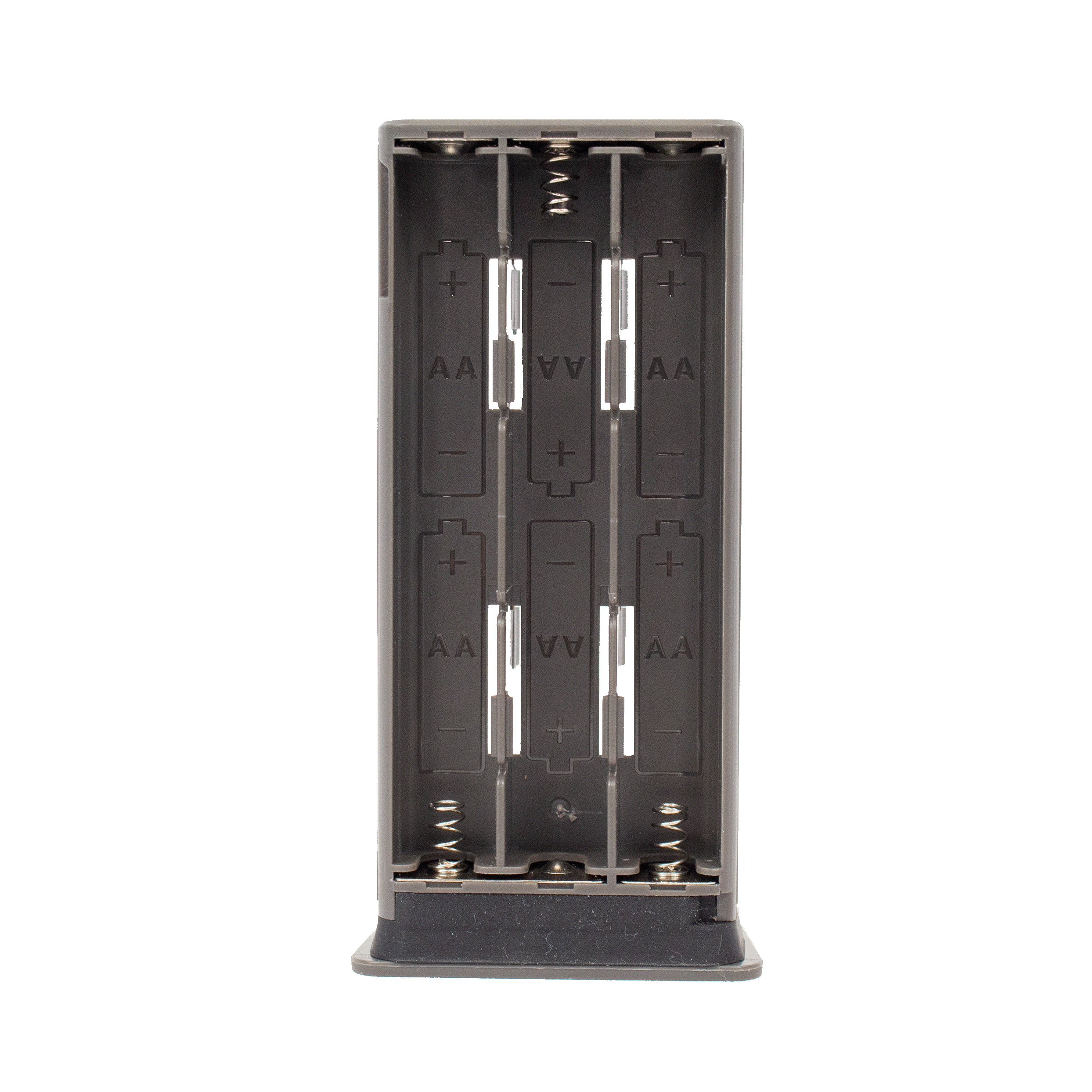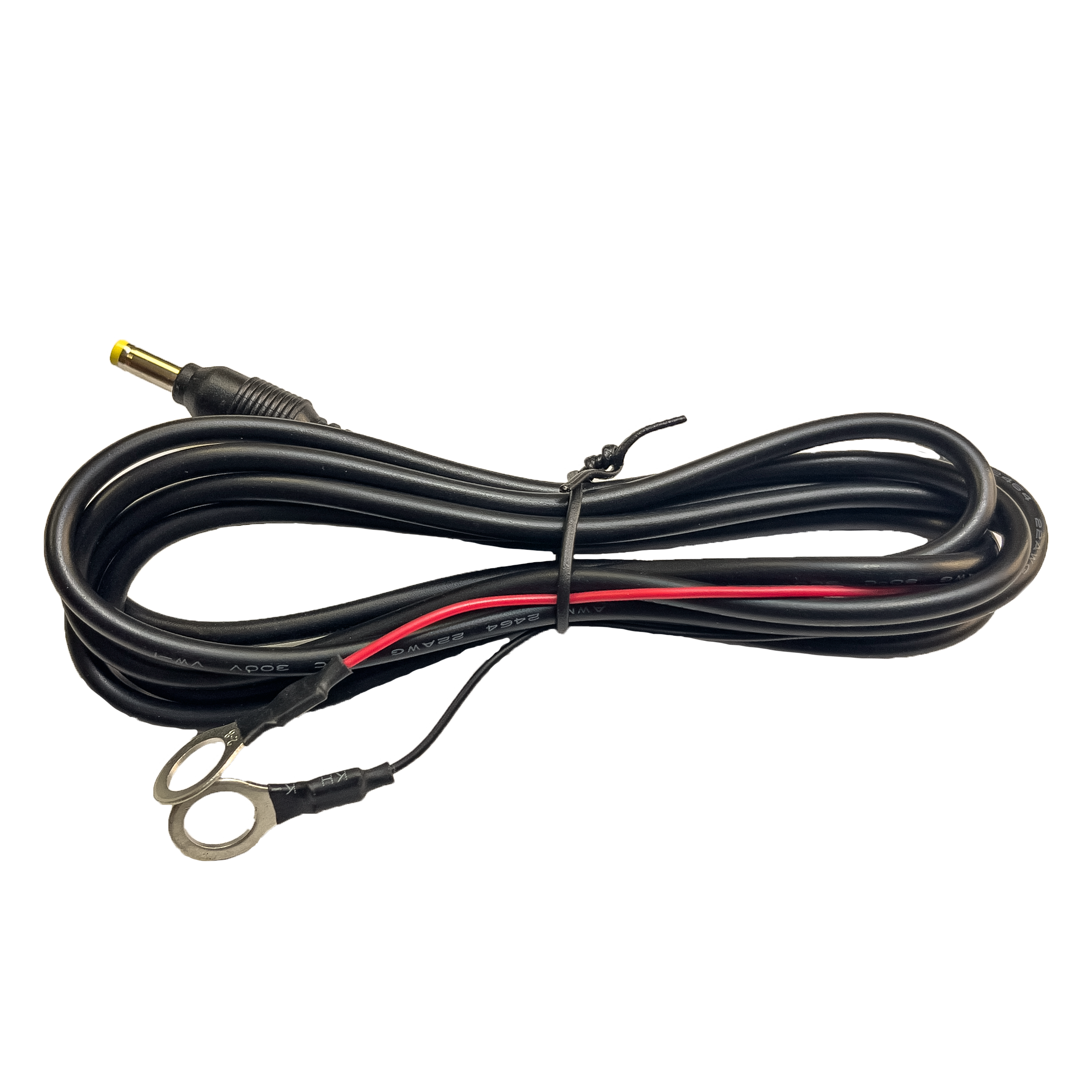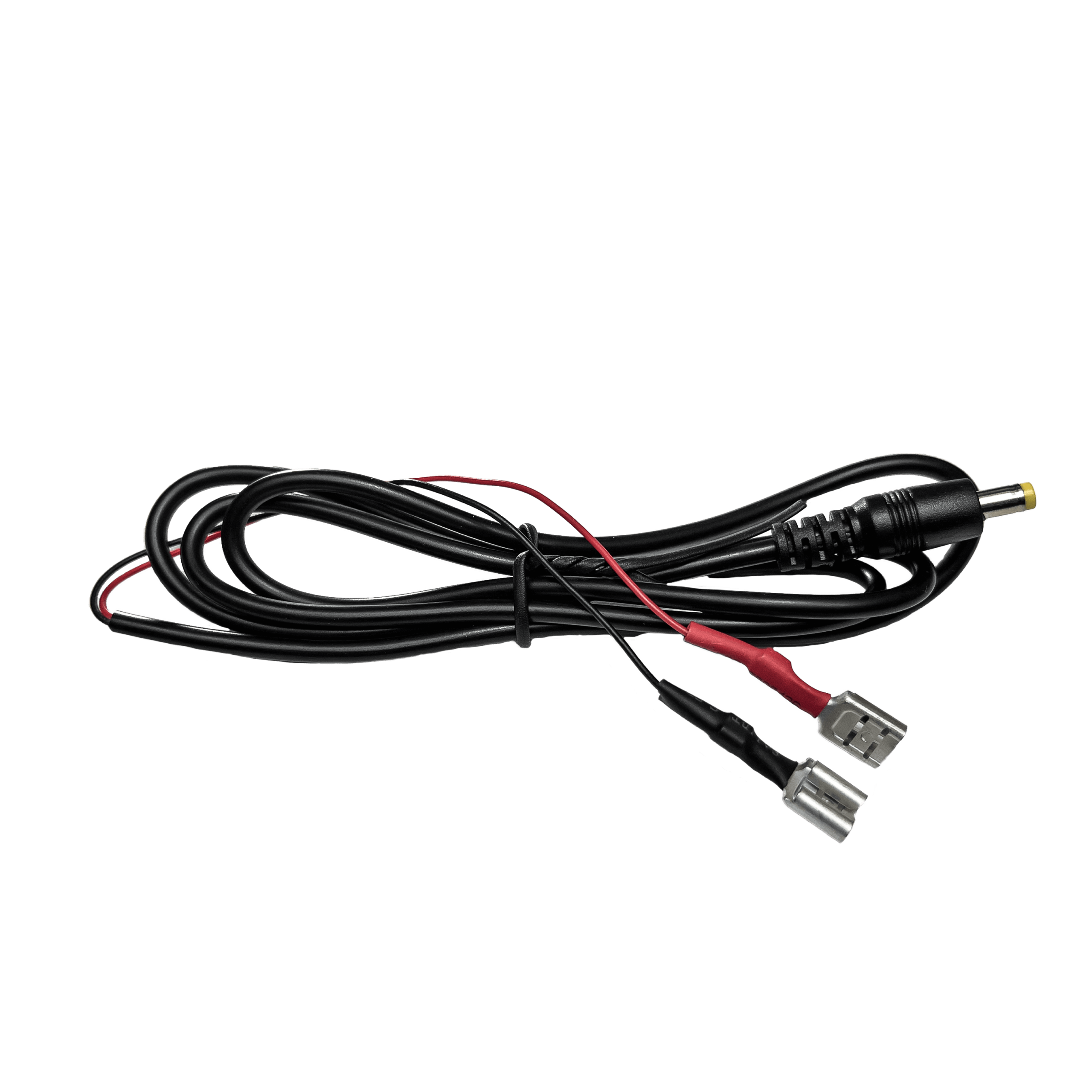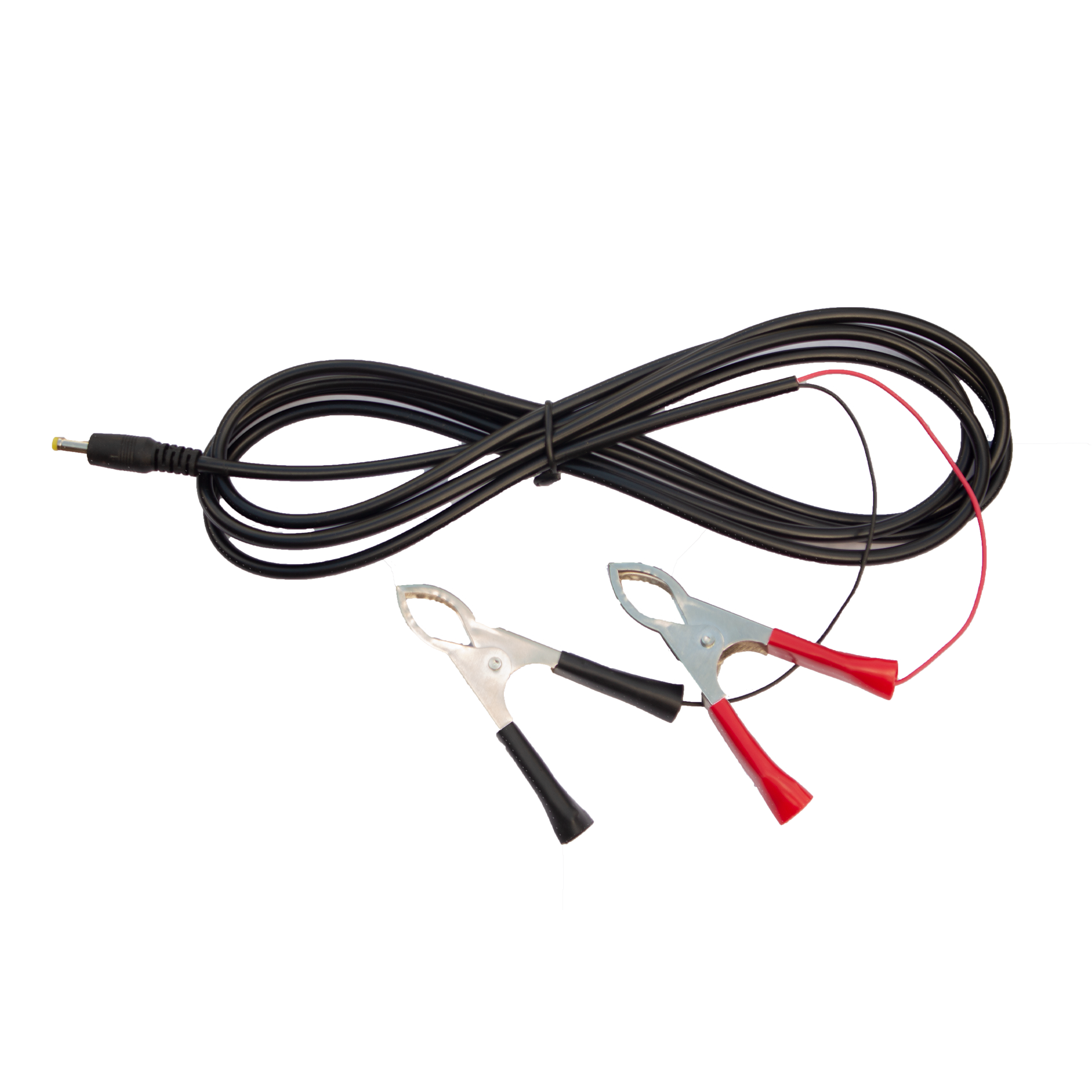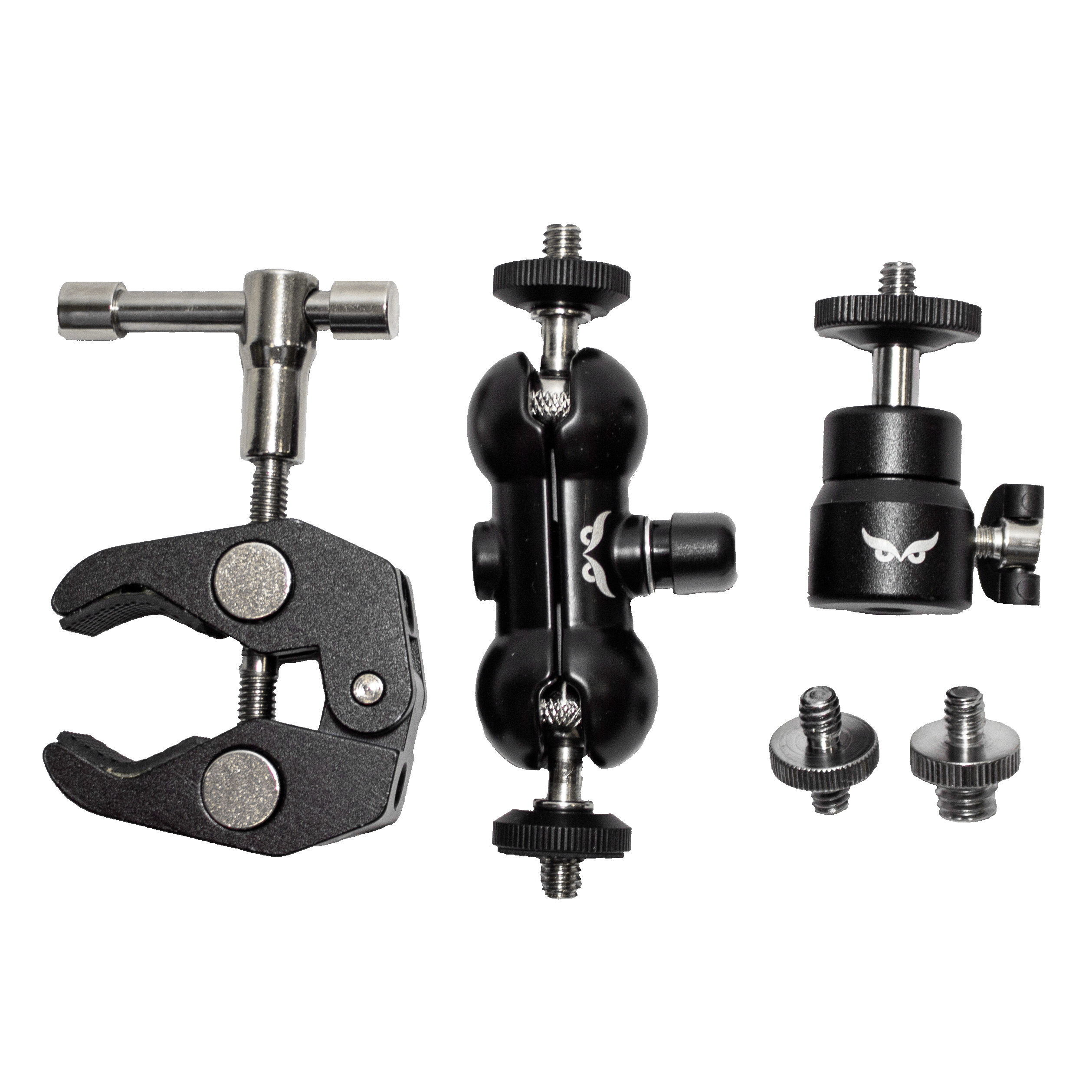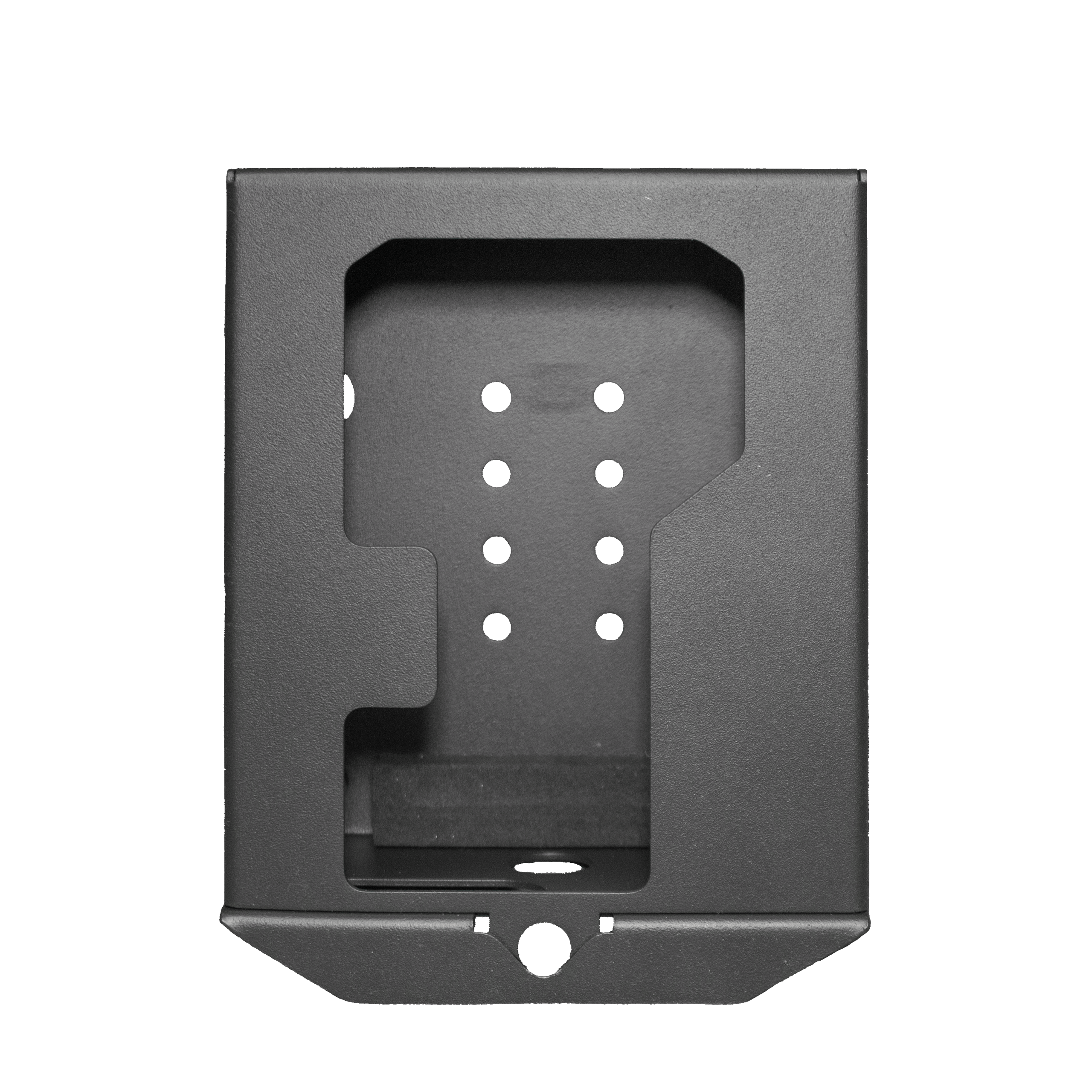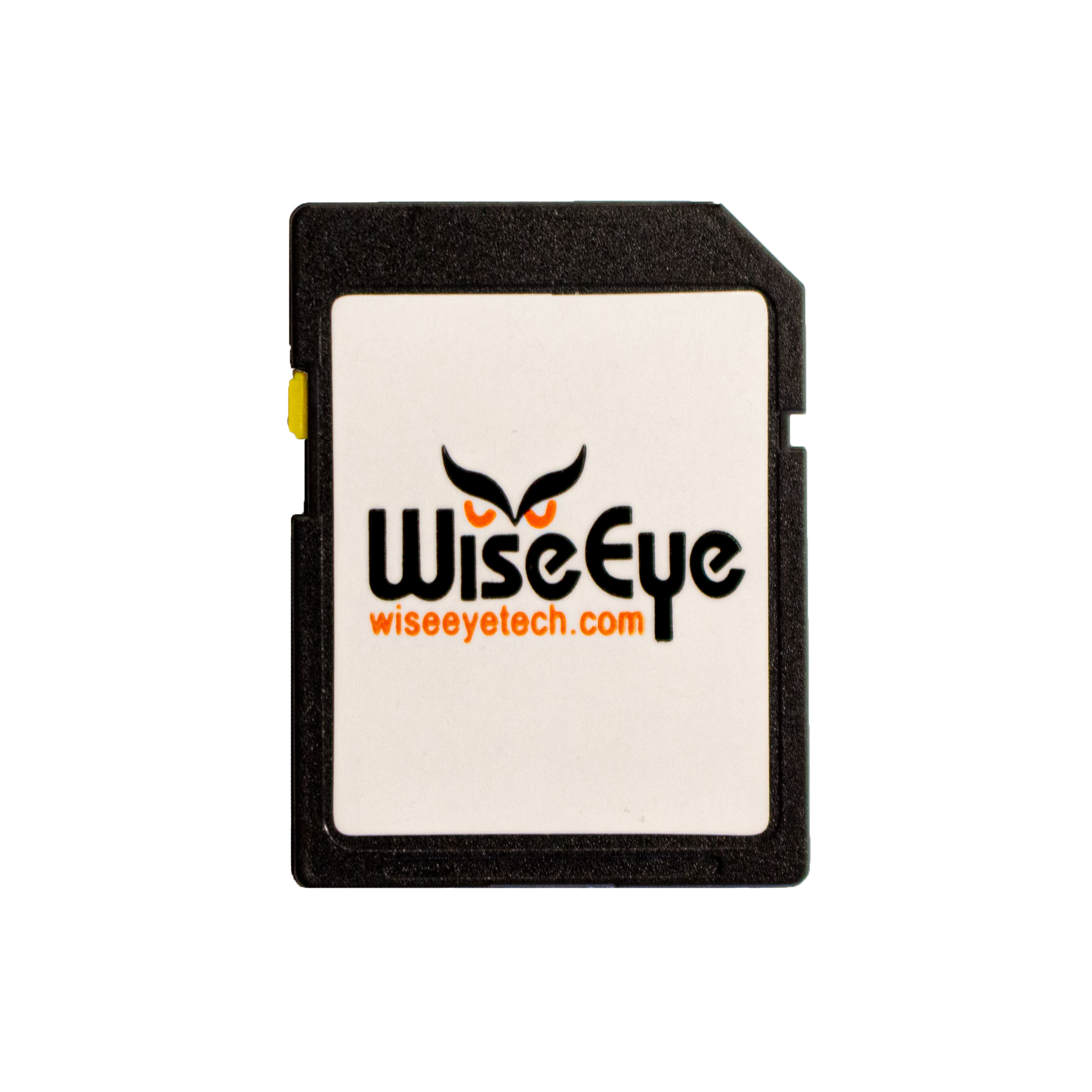When it comes to scouting game and monitoring wildlife, having the right trail camera can make all the difference. Whether you’re a seasoned hunter, a hunting dog trainer, or just an avid outdoor enthusiast, choosing the best trail camera is crucial for gathering the most accurate information about wildlife activity.
In this blog, we’ll explore the essential features to consider when selecting a trail camera, ensuring you make an informed decision tailored to your specific needs.
Understanding Trail Cameras
A trail camera, also known as a game camera, is a device designed to capture images or videos of wildlife in their natural habitat. These cameras are equipped with motion sensors and are typically placed in outdoor environments where they can automatically take photos or record videos when detecting movement.
Trail cameras serve several purposes, especially for hunters and dog trainers. For hunters, they provide crucial insights into animal behavior, movement patterns, and feeding habits, helping to strategize hunting plans more effectively. For hunting dog trainers, trail cameras can be used to monitor the dog’s interaction with wildlife, assess training progress, and ensure that training sessions are as effective as possible.
Key Features to Consider
1. Image Quality
The clarity of the images captured by your trail camera can greatly influence your ability to identify and analyze wildlife. Here’s what to look for:
Resolution: Higher resolution cameras provide clearer and more detailed images. Look for cameras with at least 8MP resolution. This is especially important if you need to identify specific animals or distinguish between different species.
Day/Night Performance: Ensure the camera performs well both during the day and at night. High-quality cameras use advanced sensors and technology to provide clear images in low light conditions.
2. Detection Range
The detection range of a trail camera refers to how far away it can detect motion and trigger an image or video capture.
Sensor Range: This is critical depending on the area you plan to cover. A longer detection range is beneficial for larger areas or open fields. Check the manufacturer’s specifications to ensure the camera’s range suits your needs.
Trigger Speed: This is the time it takes for the camera to capture an image after detecting motion. A faster trigger speed reduces the chance of missing crucial moments, such as a deer walking through a specific area.
3. Battery Life
Since trail cameras are often placed in remote locations, having a long battery life is essential to avoid frequent maintenance.
Type of Batteries: Trail cameras typically use AA batteries, but some models may use rechargeable lithium batteries or even external battery packs. Consider the availability and convenience of battery types when choosing a camera.
Battery Longevity: Look for cameras with a long battery life rating. Some high-end models can last several months on a single set of batteries, reducing the need for frequent replacements.
4. Storage Capacity
The amount of storage a camera has determines how many images or videos it can hold before you need to check it or replace the memory card.
SD Card Size: Most trail cameras use SD cards to store data. Choose a camera that supports larger capacity SD cards (32GB or more) to ensure you have ample storage for extended monitoring periods.
File Management: Consider how easy it is to review and manage stored files. Cameras that allow you to easily sort and access data can save you time and effort.
5. Weather Resistance
Trail cameras are exposed to various weather conditions, so durability is crucial.
Durability: Look for cameras with rugged, weatherproof designs. They should be able to withstand rain, snow, and extreme temperatures.
Sealed Compartments: Ensure that the camera’s battery and memory card compartments are well-sealed to protect against moisture and dust. This helps maintain the camera’s functionality in harsh conditions.
6. Trigger and Flash Technology
The technology used for triggering and capturing images impacts the camera’s effectiveness.
Motion Sensors: High-quality motion sensors are essential for accurately detecting movement. Look for cameras with reliable sensors to ensure you capture all relevant wildlife activity.
Flash Options: There are typically two types of flash technologies: infrared (black flash) and LED (white flash). Infrared flashes are less noticeable to wildlife and won’t spook them, while LED flashes provide clearer images but may alert animals to the camera’s presence.
7. Ease of Use and Setup
A user-friendly camera simplifies the setup and operation process, making it easier to deploy and maintain.
Menu Navigation: Cameras with intuitive menus and straightforward settings adjustments are more convenient to use. This can save time and reduce frustration during setup.
Mounting Options: Ensure the camera comes with versatile mounting options. Some models include adjustable straps, mounting brackets, or even tree mounts, making it easier to place the camera in various locations.
8. Connectivity Features
Advanced connectivity features can enhance the functionality and convenience of your trail camera.
Cellular Connectivity: Cameras with cellular capabilities can send images directly to your phone or email. This allows for real-time monitoring and reduces the need to physically check the camera frequently.
Wi-Fi or Bluetooth: These features enable easier data transfer and camera management from a distance. Wi-Fi and Bluetooth connectivity can make it more convenient to review images and adjust settings remotely.
9. Video Capabilities
While most trail cameras are used primarily for still images, video capabilities can provide additional insights.
Video Quality: Look for cameras that offer high-definition video recording. This can help capture more detailed behavior and interactions.
Audio Recording: Some models include audio recording, which can provide further context to the visuals captured by the camera. This feature is particularly useful for understanding animal behavior.
10. Size and Design
The size and design of the camera can impact its stealth and ease of use.
Compact Size: Smaller, more compact cameras are less noticeable and can be more easily hidden in natural settings. This helps to avoid disturbing wildlife and reduces the risk of theft.
Camouflage Design: Many trail cameras come with camouflage patterns to blend in with their surroundings. This design helps the camera remain inconspicuous.
Practical Tips for Using Your Trail Camera
Placement Strategies
Location: Choose locations that are frequented by wildlife, such as trails, feeding areas, or water sources. Ensure the camera is positioned at the right height and angle to capture the best images.
Avoiding False Triggers: Be mindful of environmental factors that can trigger the camera unnecessarily, such as moving branches or passing vehicles. Adjust the sensitivity settings if needed.
Maintenance and Care
Regular Checks: Periodically check the camera to ensure it is functioning properly and that the batteries and memory card are in good condition.
Cleaning: Keep the camera lens and sensors clean to avoid blurry images and ensure optimal performance.
Analyzing Data
Reviewing Images: Spend time reviewing the images and videos captured by your camera. Look for patterns in animal behavior and use this information to plan your hunting or training strategies.
Adjusting Settings: Based on the data you collect, adjust the camera settings as needed to improve performance and capture more relevant footage.
Conclusion
Choosing the best trail camera involves careful consideration of various features to ensure it meets your specific needs. From image quality and detection range to battery life and weather resistance, each feature plays a crucial role in the camera’s performance and reliability. By evaluating these aspects, you can select a trail camera that enhances your scouting efforts and provides valuable insights into wildlife activity.
Ready to take your dog training to the next level?
Visit HuntEmUp today to explore our wide selection of top-quality trail cameras!
Whether you’re a seasoned hunter or just getting started, we have everything you need to succeed in the field. Don’t miss out – equip yourself with the best, and take your hunting game to the next level!
